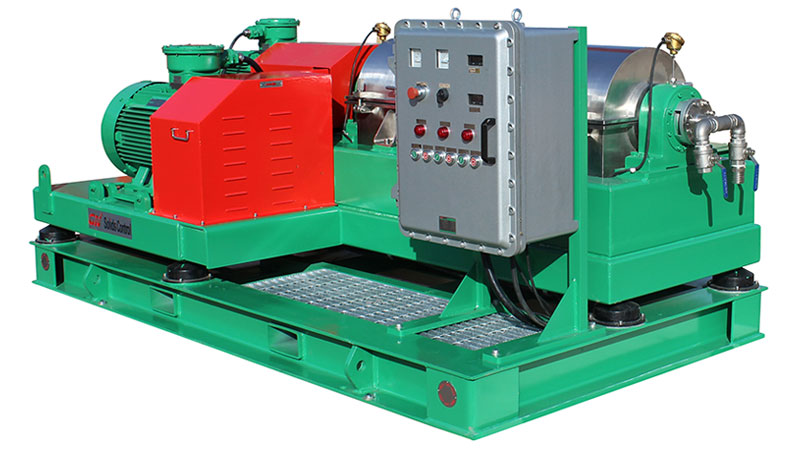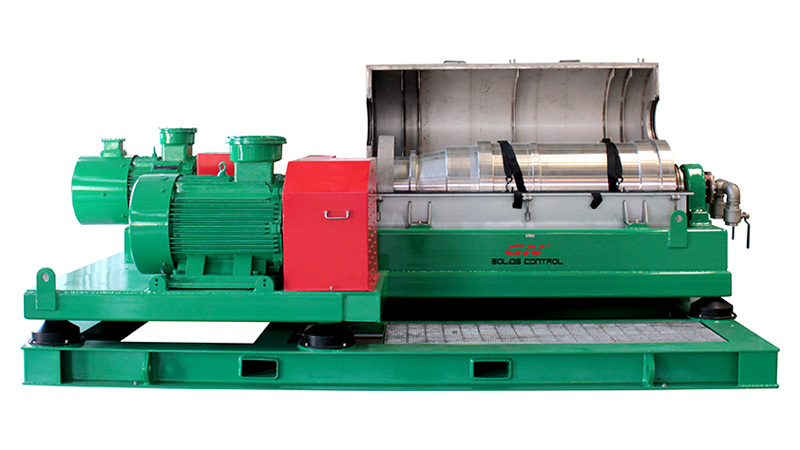We are very familiar with the process of settlement, where solids in liquid fall down to the bottom of a container, leaving liquid phase crystal clear. This is the case when we sit a cup on top a desk, fill it with water including some solids. After some time the solids will settle at the bottom. Equipment like this is called clarifier.
However, this process happens in natural gravity and it takes too long for the solids to settle down. Then people thought centrifugal force may help to speed up this process. So they tried to tie a bottle on one end of a rope and rotated the rope at certain speed. They found that the settlement happened much quicker. This initiated the decanter centrifuge, which works on the same principle as the rope except that decanter is more complex, withstand more load, and make the settlement process much faster.
With decanter centrifuge the separation of solids from liquid is greatly expedited. For instance it can take hours for solids to separate from liquid while it takes only a few second to achieve the same result. This is because G force generated at decanter centrifuge is a few thousand time that of regular gravity.
There are many factors controlling the performance of decanter centrifuge, but among them the following four factors are most influential.
- Centrifugal force generated. This determines separation efficiency. When the gravity difference between solids and liquid become very small, exceptional strong G force is need to separate solid from liquid. This also applies to small particles, in the magnitude of microns, as buoyance is in the same magnitude of gravity force an the particles will float in the liquid;
- Differential speed required to send settled solids from decanter centrifuge
- Design of screw conveyors
- Settlement section for particular type of applications.
There are much more considerations in practical applications.

